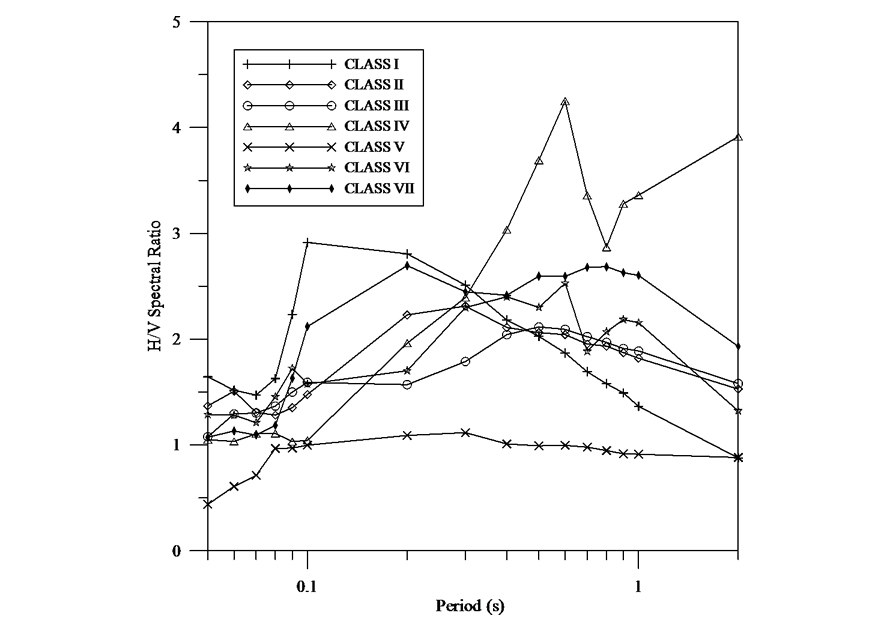Detailed geophysical and geological investigations to identify copper lead and zinc mineralization around Ambaji, Banaskantha district are in progress.

 Skip To Main Content
Skip To Main Content
A site classification scheme of strong motion sites of Gujarat was proposed based on predominant period estimated from 5% damped mean H/V response spectral ratio (Choudhury et al. 2016). 23 strong motion sites in Gujarat were classified into seven classes based on predominant period of the sites. A total of 388 strong motion records from 223 earthquakes varying in magnitude between 2.5 and 5.6 are utilized for classification of the sites. Most of the records are from local earthquakes with hypocentral distance less than 50 km. Previous attempts to classify sites based on local site conditions and geology could not incarcerate the site characteristics and variability within the same geological conditions. The presented site characterization methodology is quick and inexpensive where for instance; sites with thick sedimentary column like basins can be identified quickly without invasive analysis. Also, this classification based on predominant period, which contains both velocity and thickness of resonant layers in its definition, is better than site classification based on Vs30 criteria which captures the site response for only 30 meters. The site effects captured in this classification scheme can be utilized in the ground motion prediction equations developed for the region.

Mean of the H/V response spectral ratio for each site class
Choudhury P., S. Chopra and K.S. Roy (2016). Site Classification for Strong Motion Stations in Gujarat, India Using Response Spectral Ratio, Soil Dynamics and Earthquake Engineering, 87, 138-150.
Copyright © 2017 - All Rights Reserved by - Official Website of Institute of Seismological Research, Government Of Gujarat, India.
Note: Content on this website is published and managed by Institute of Seismological Research.
For any query regarding this website, please contact the web information manager Mr. Jignesh Patel (Technical Officer) : email id-dg-isr[at]gujarat[dot]gov[dot]in
